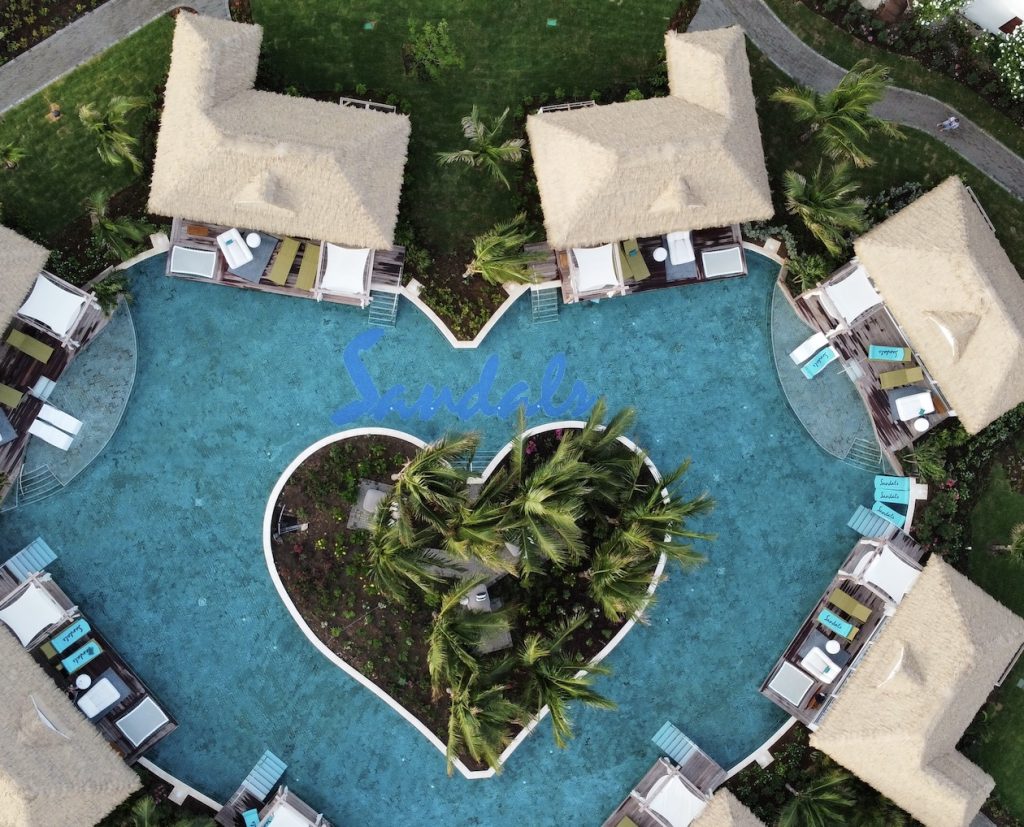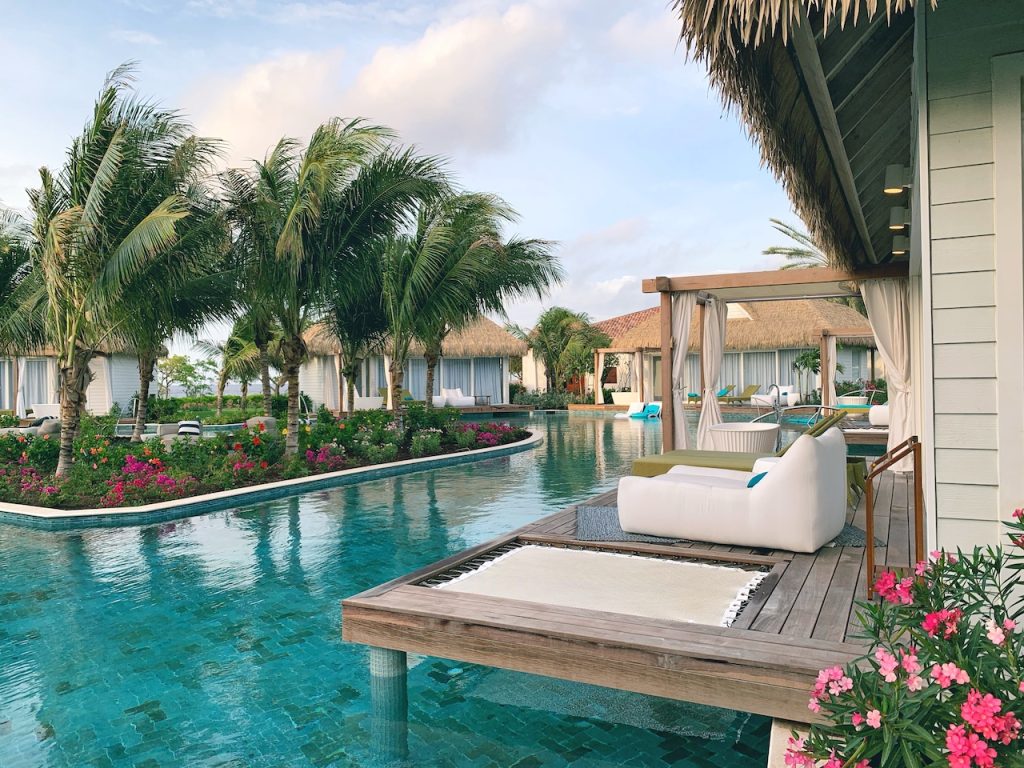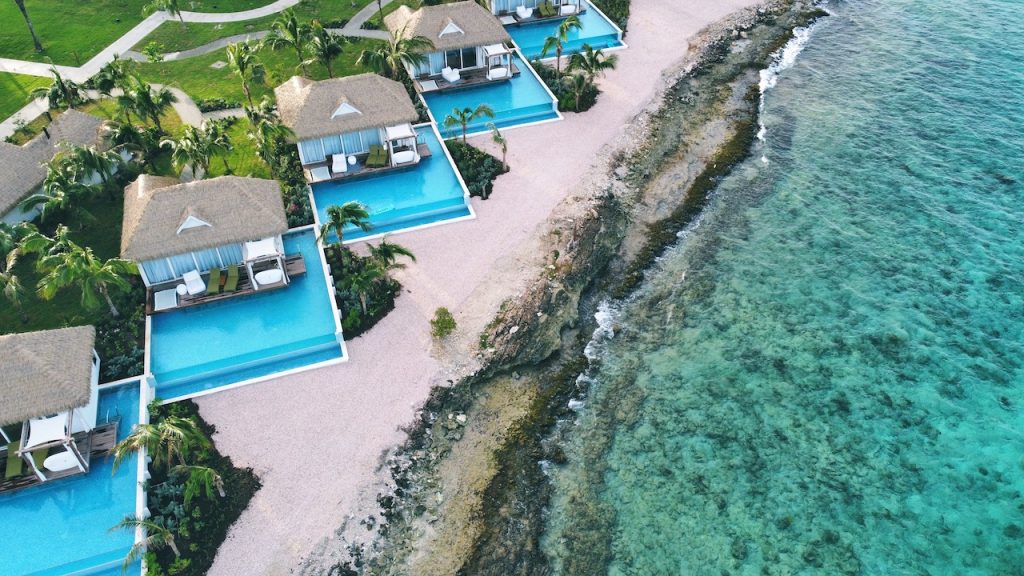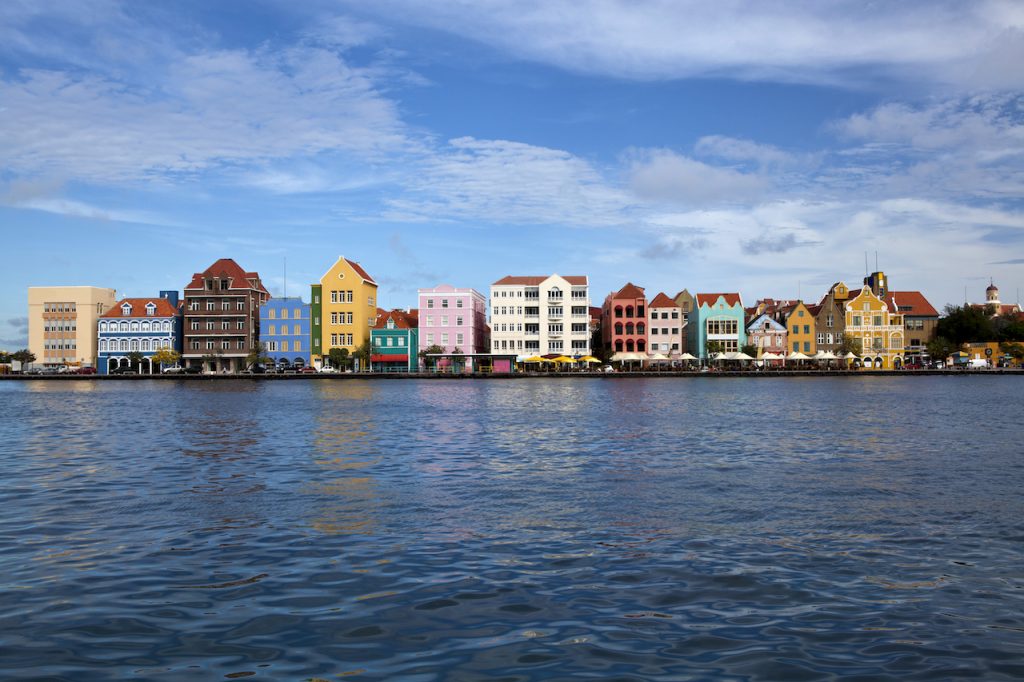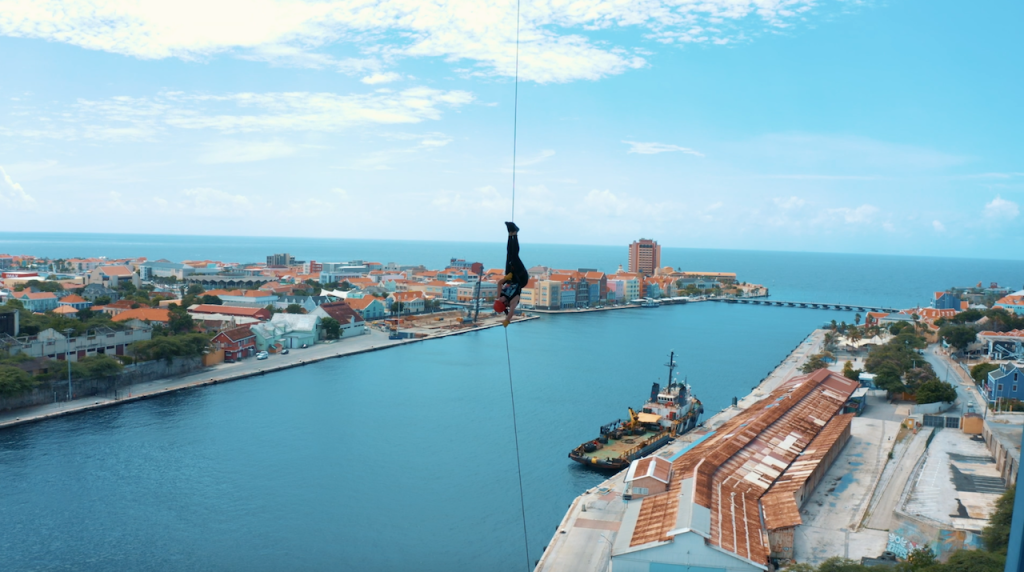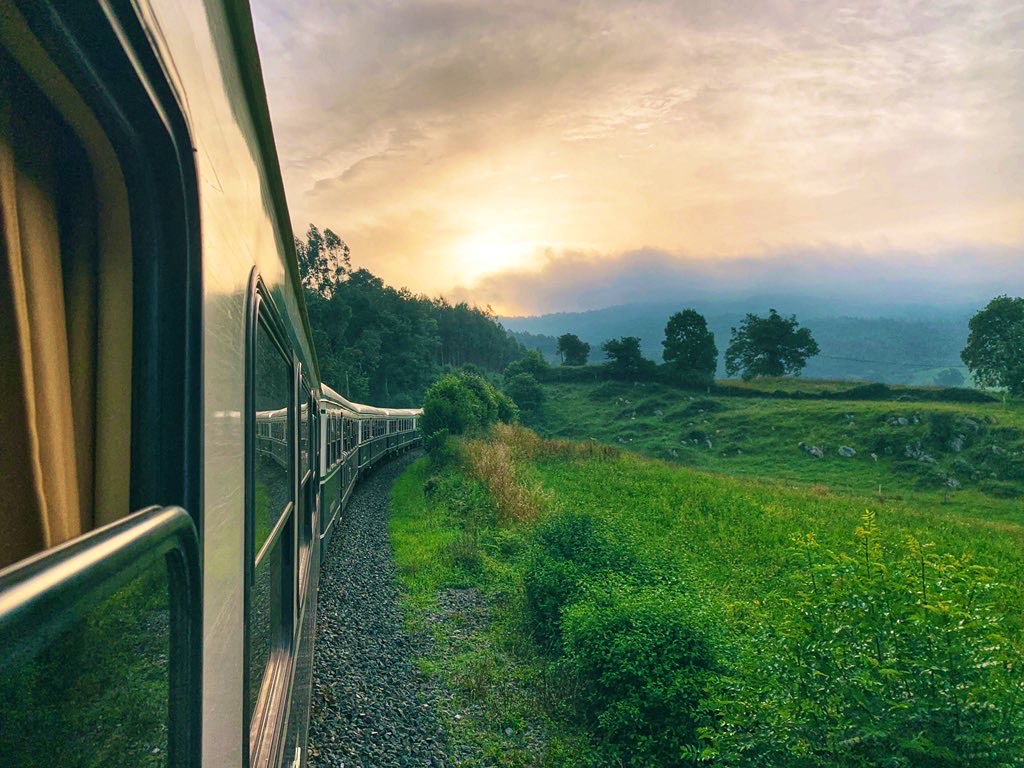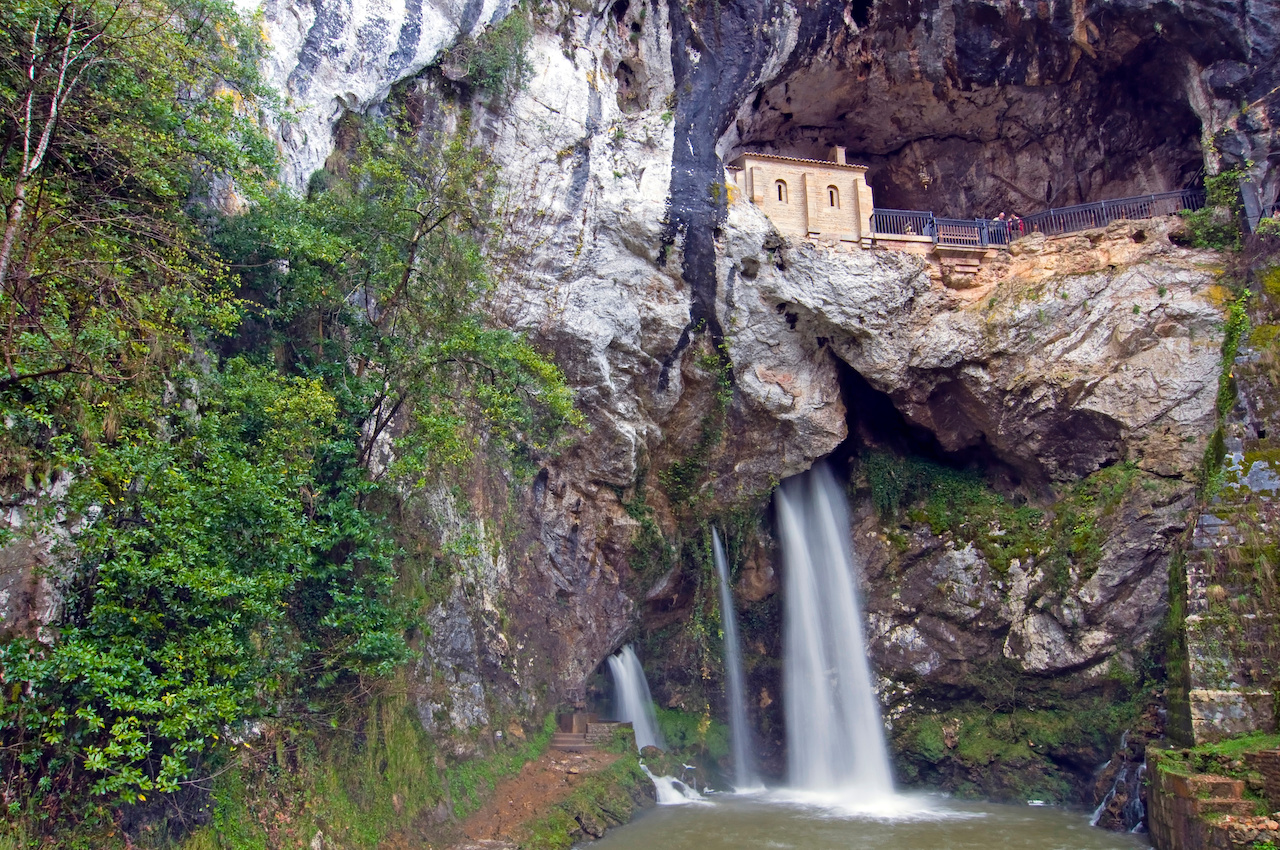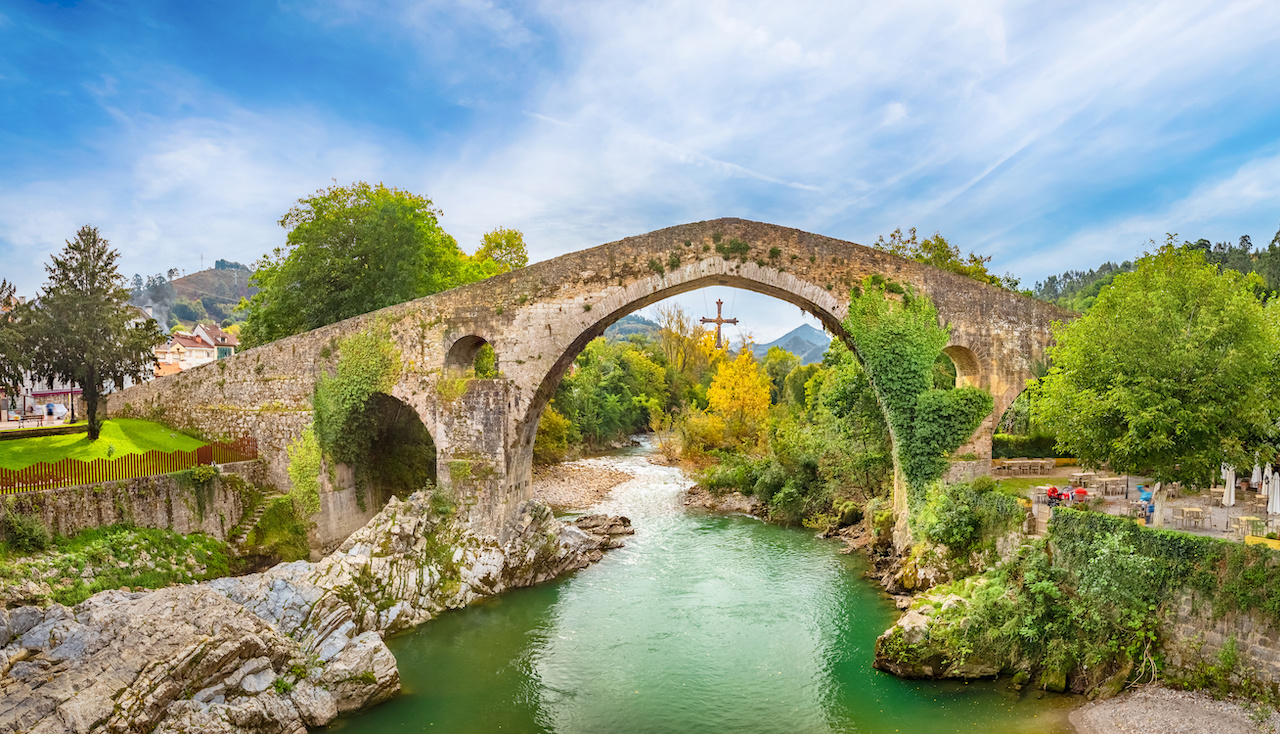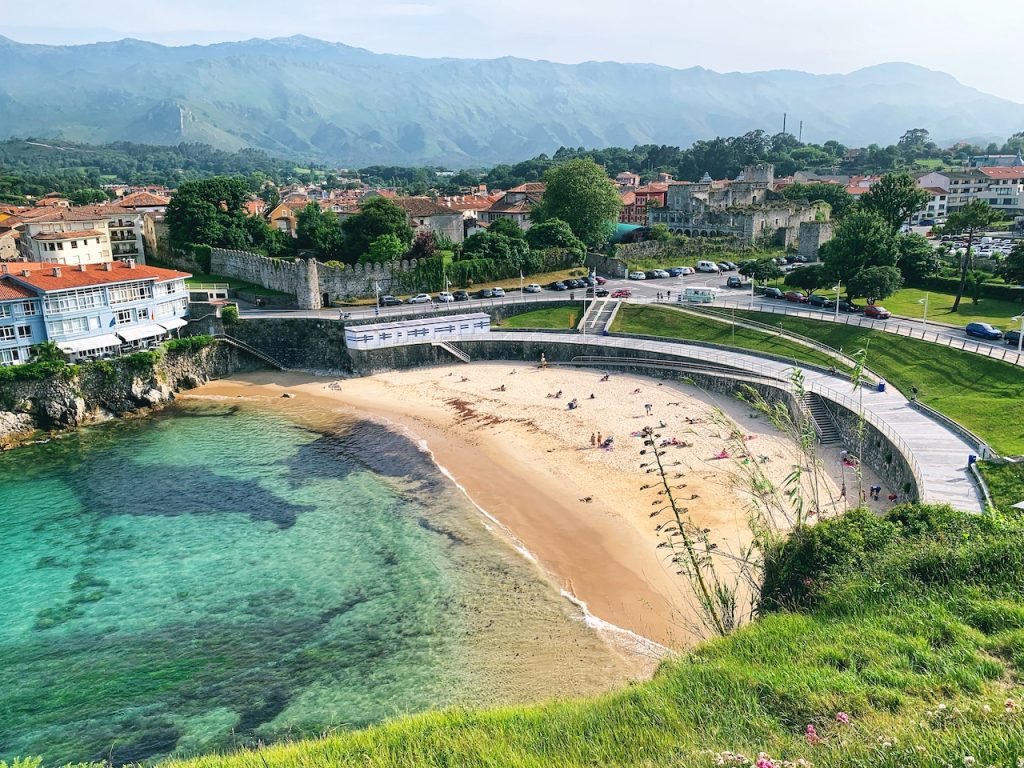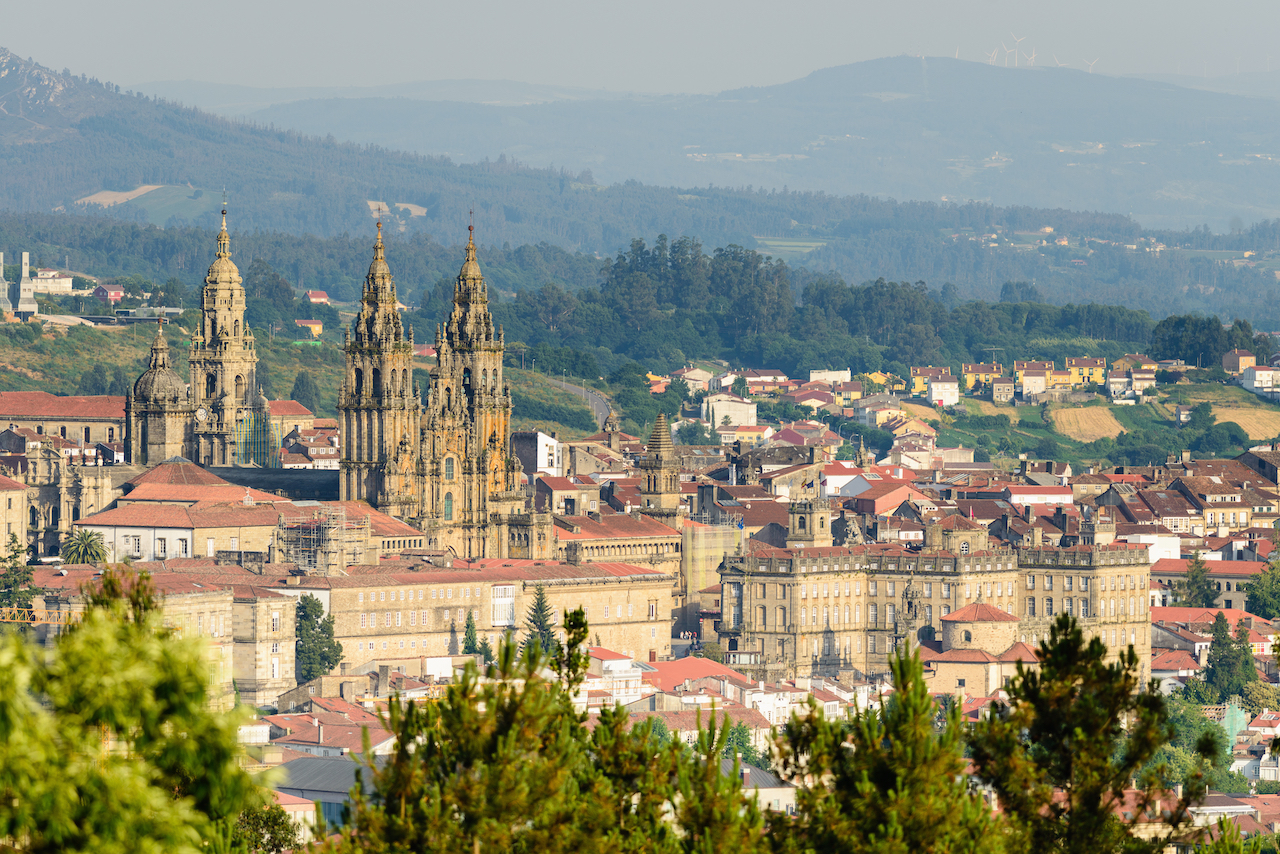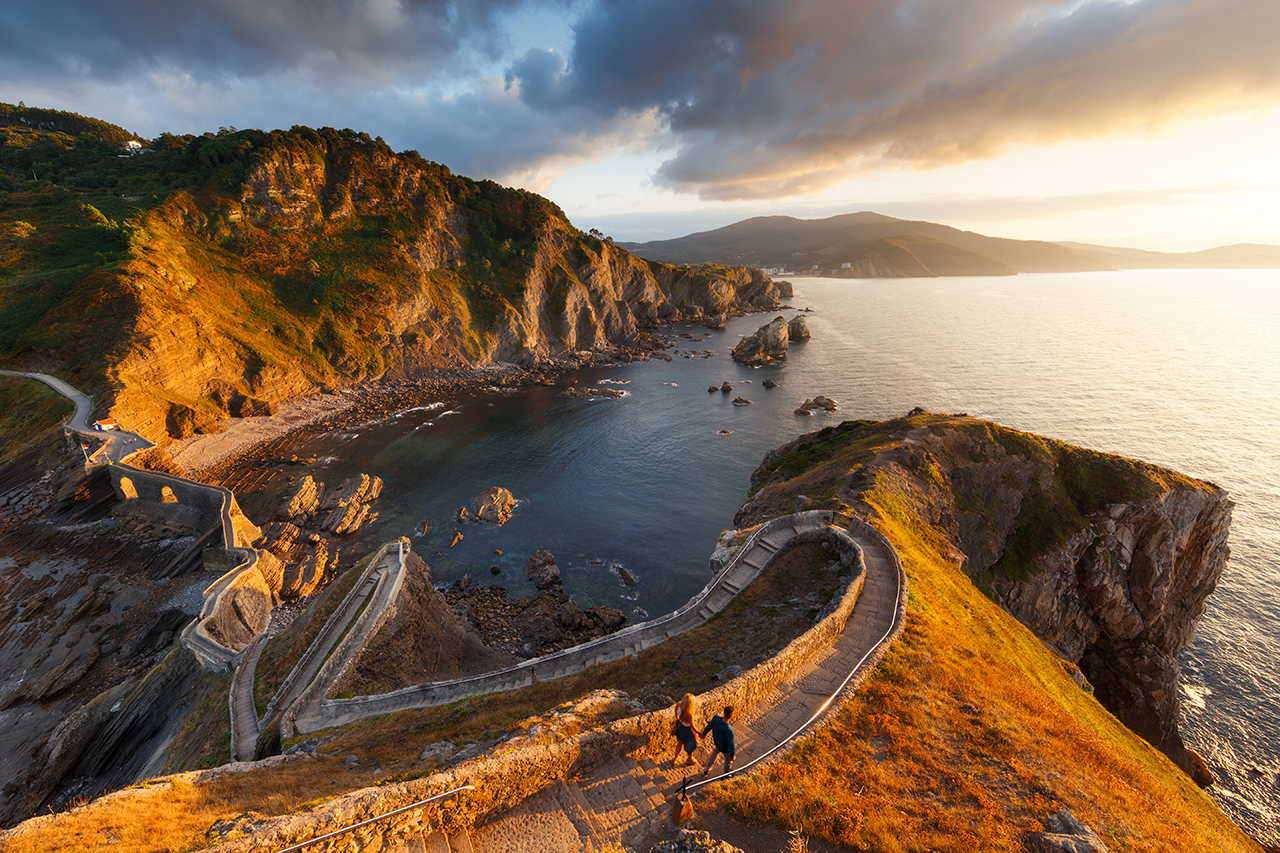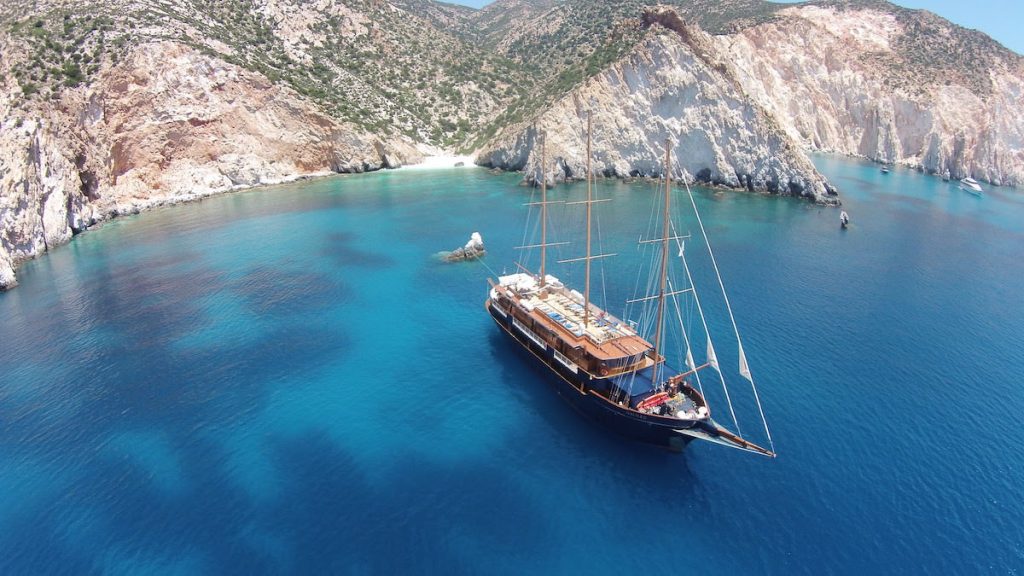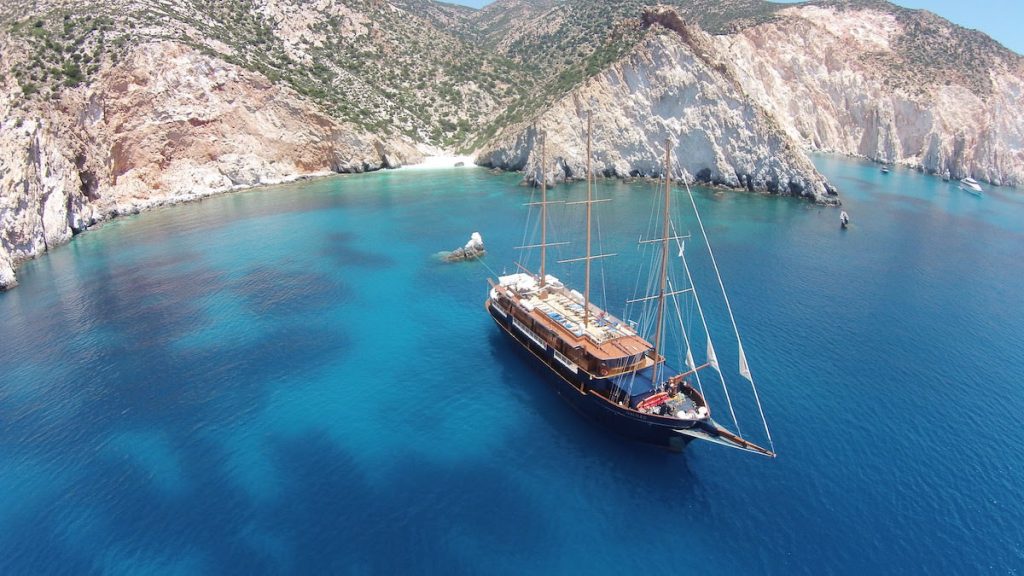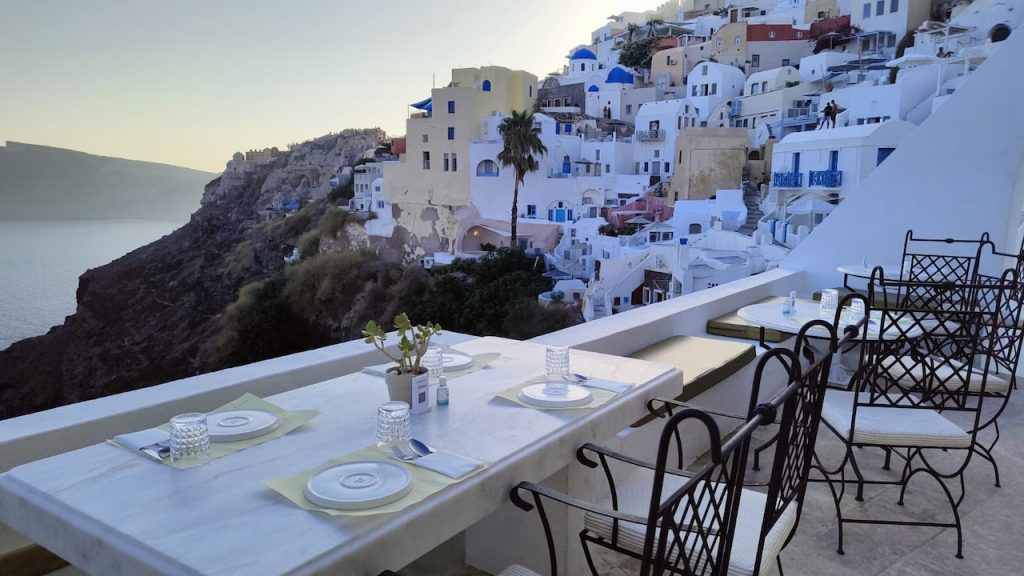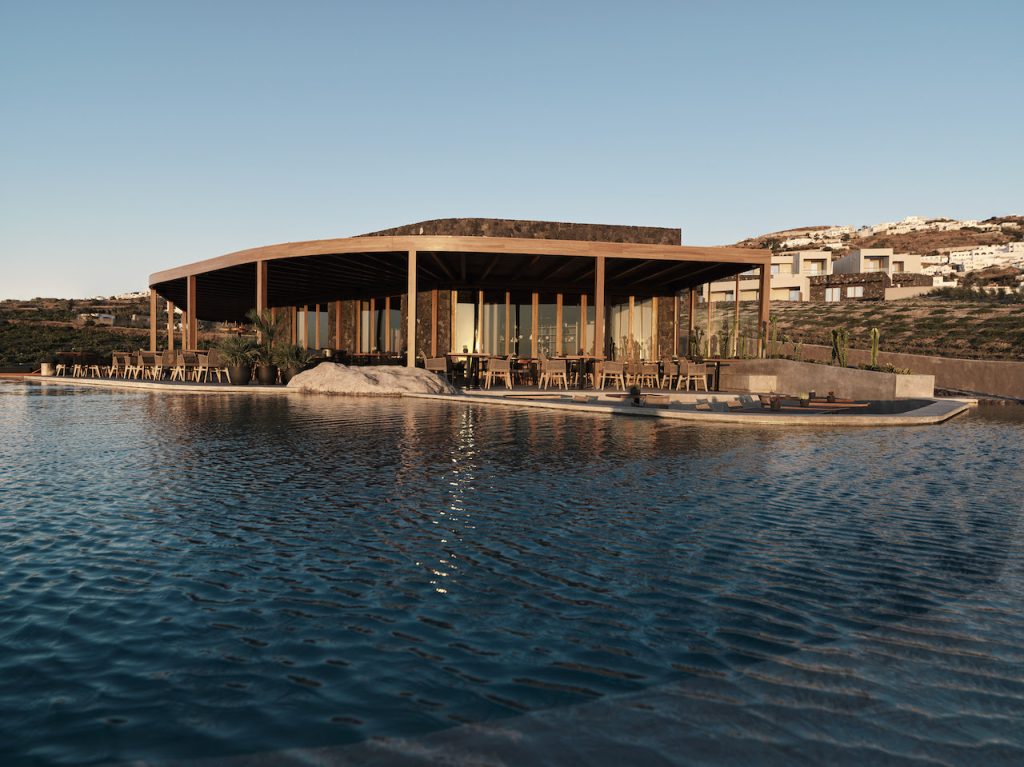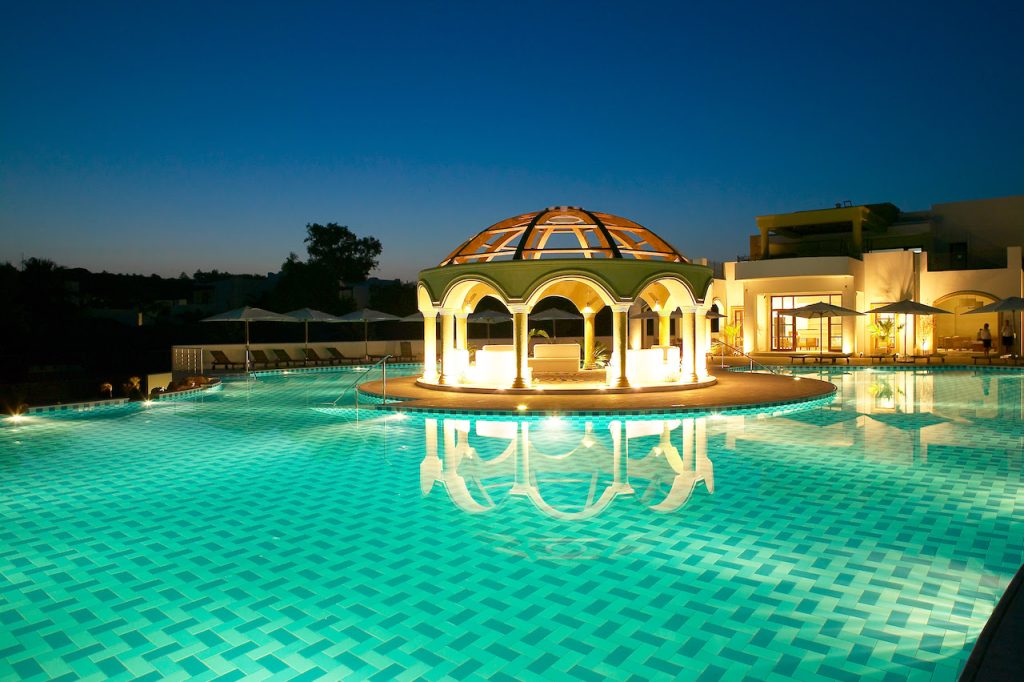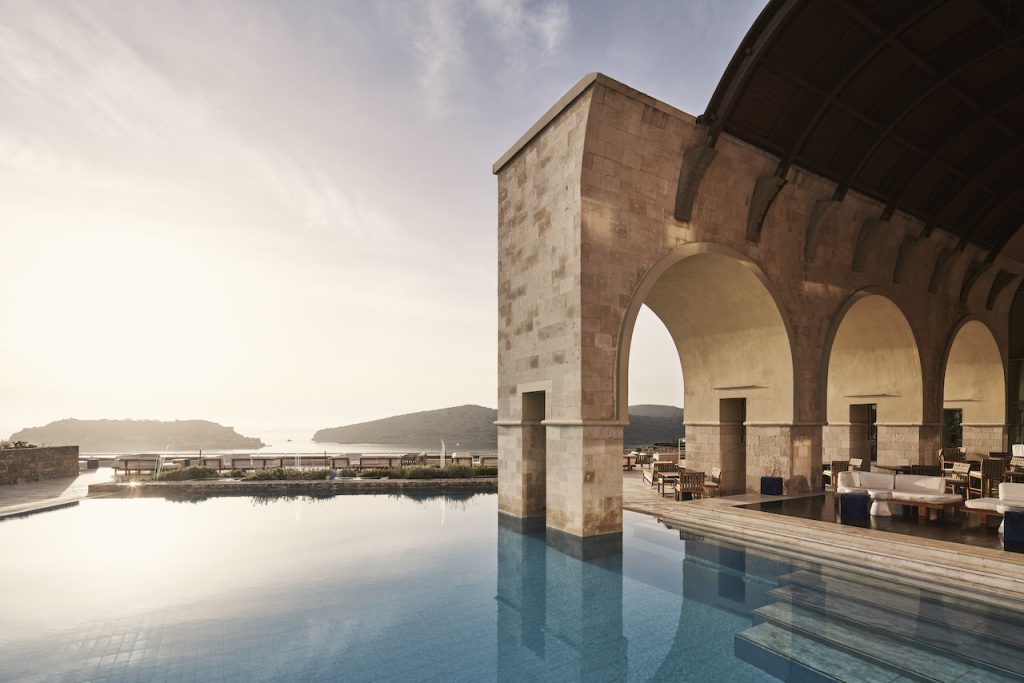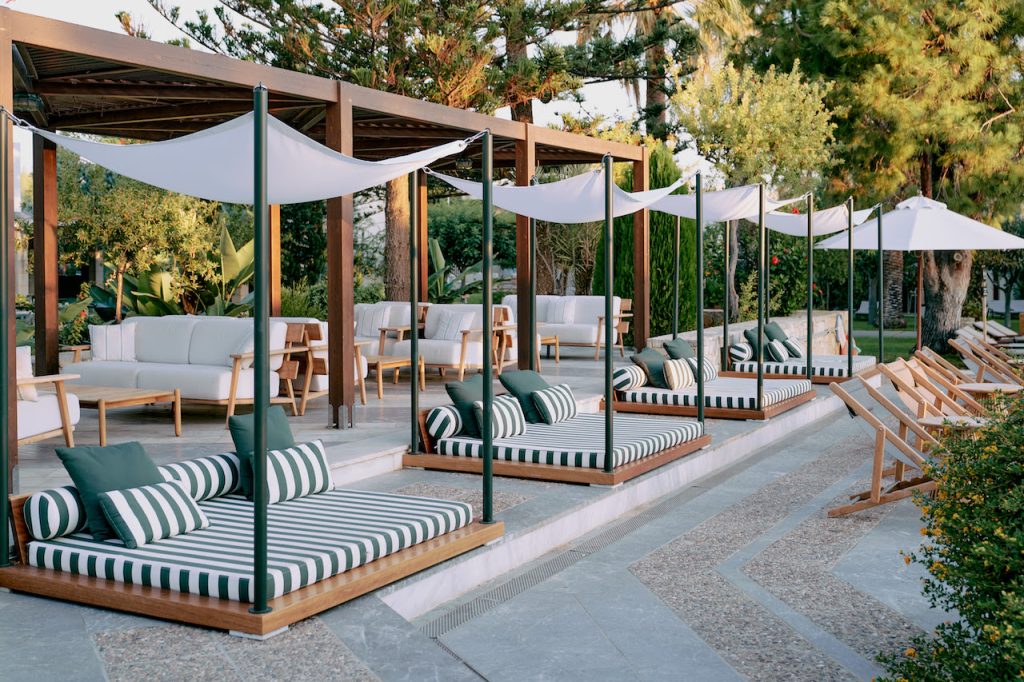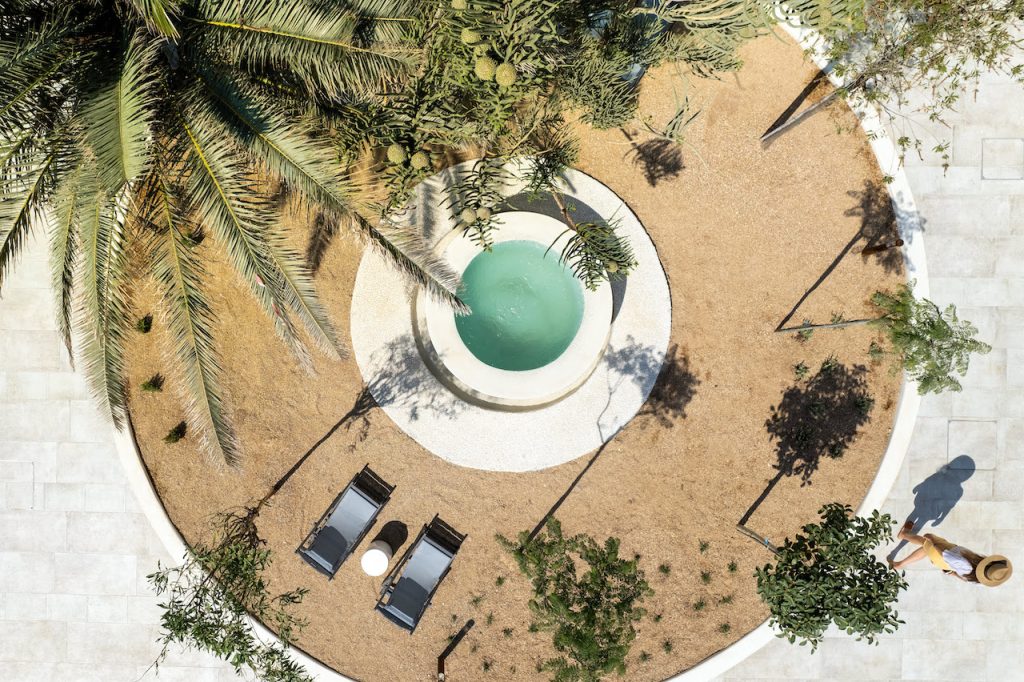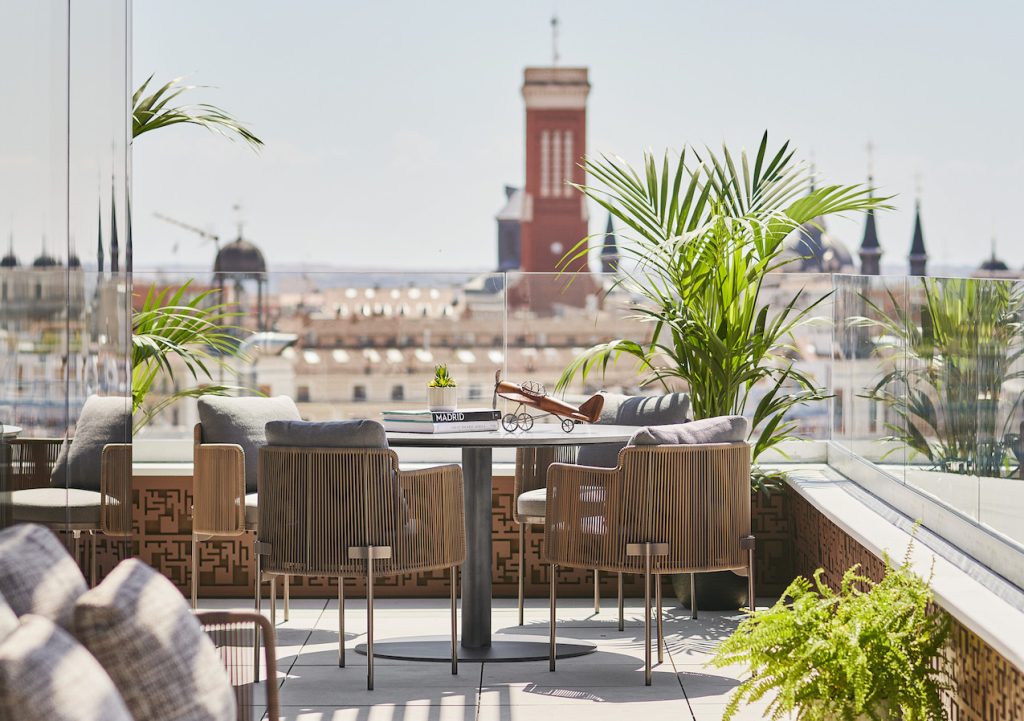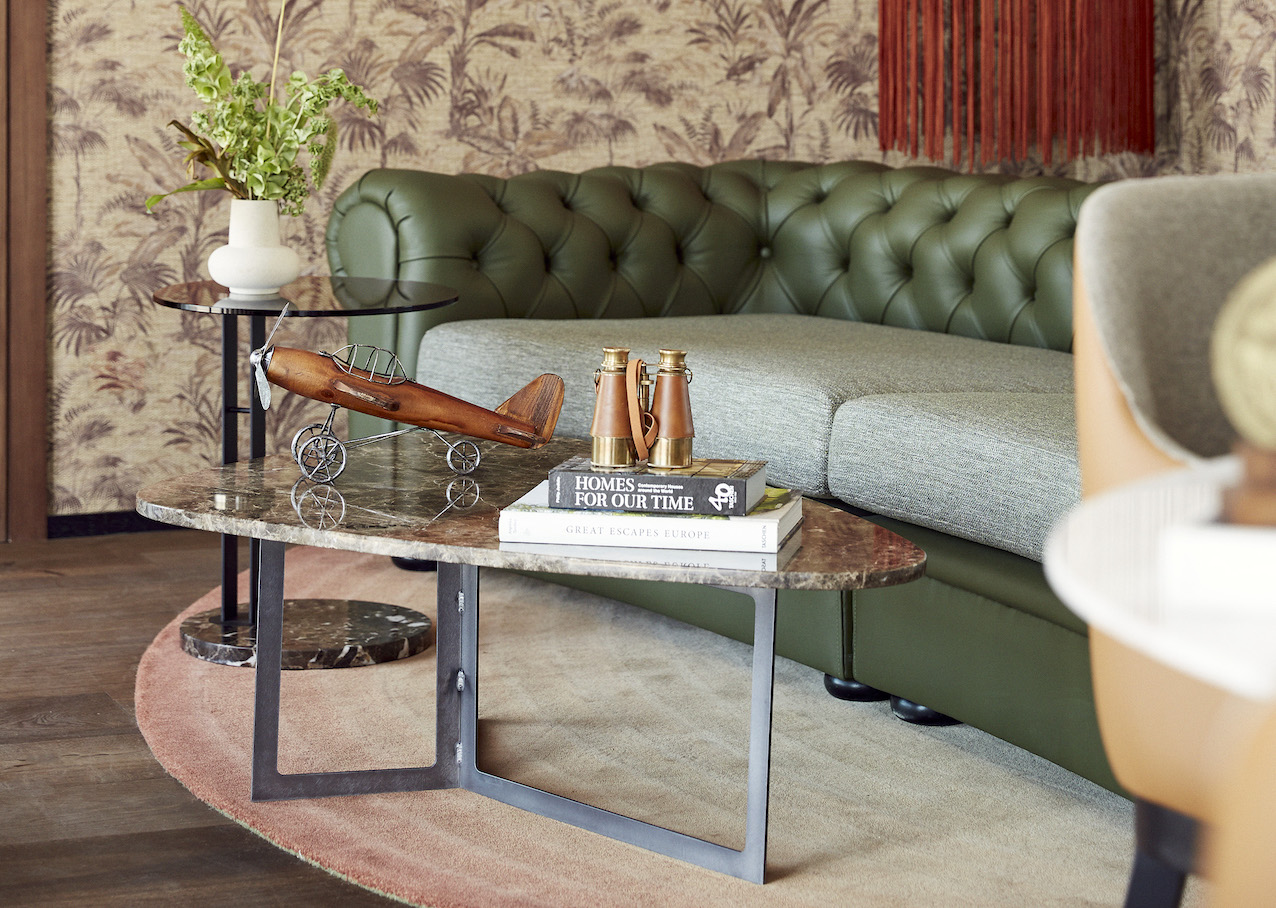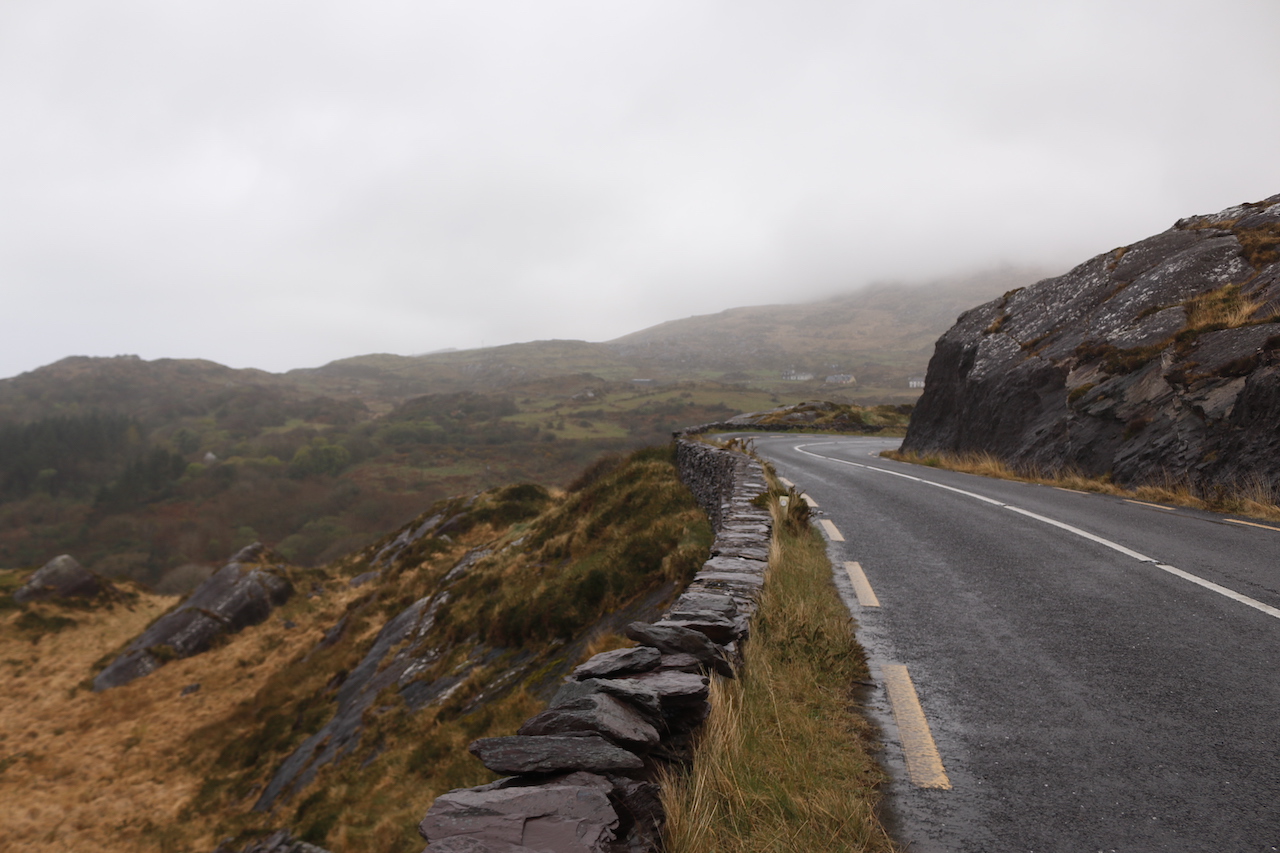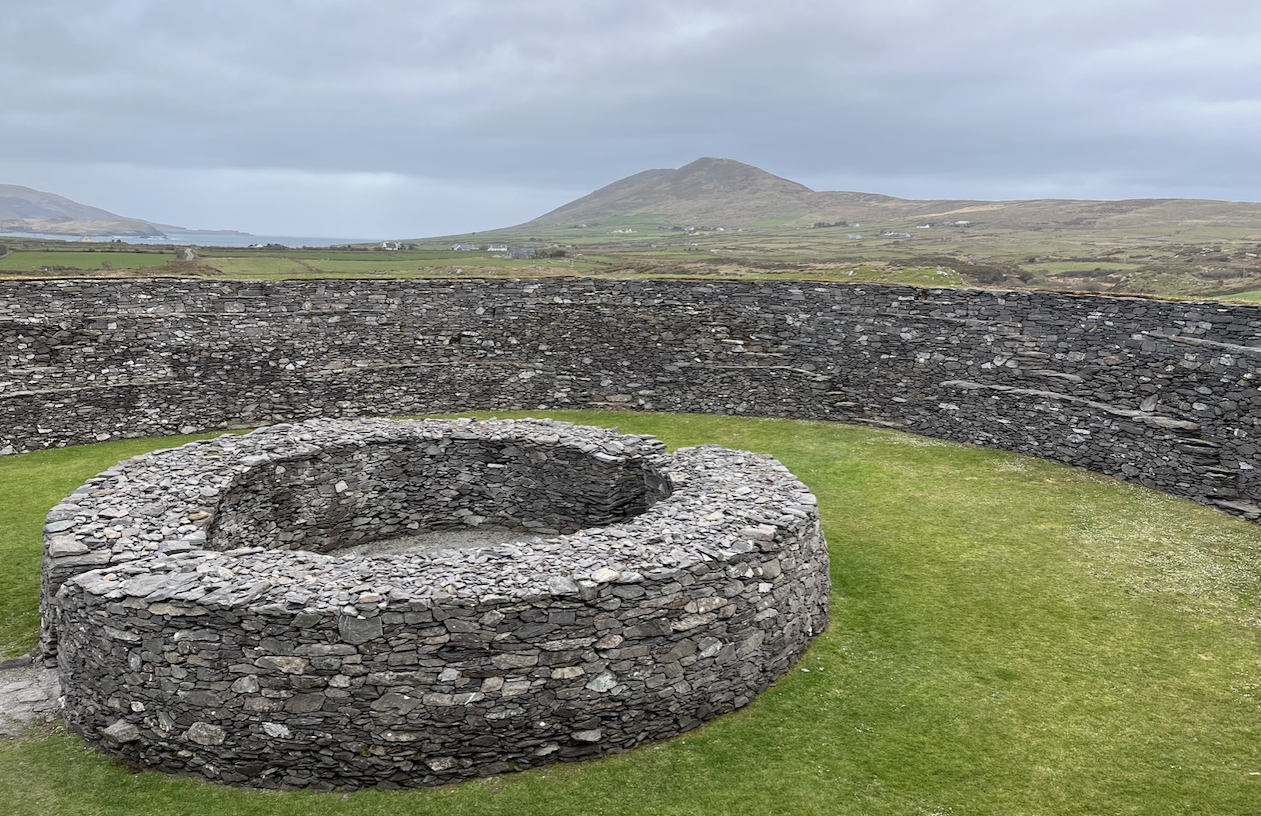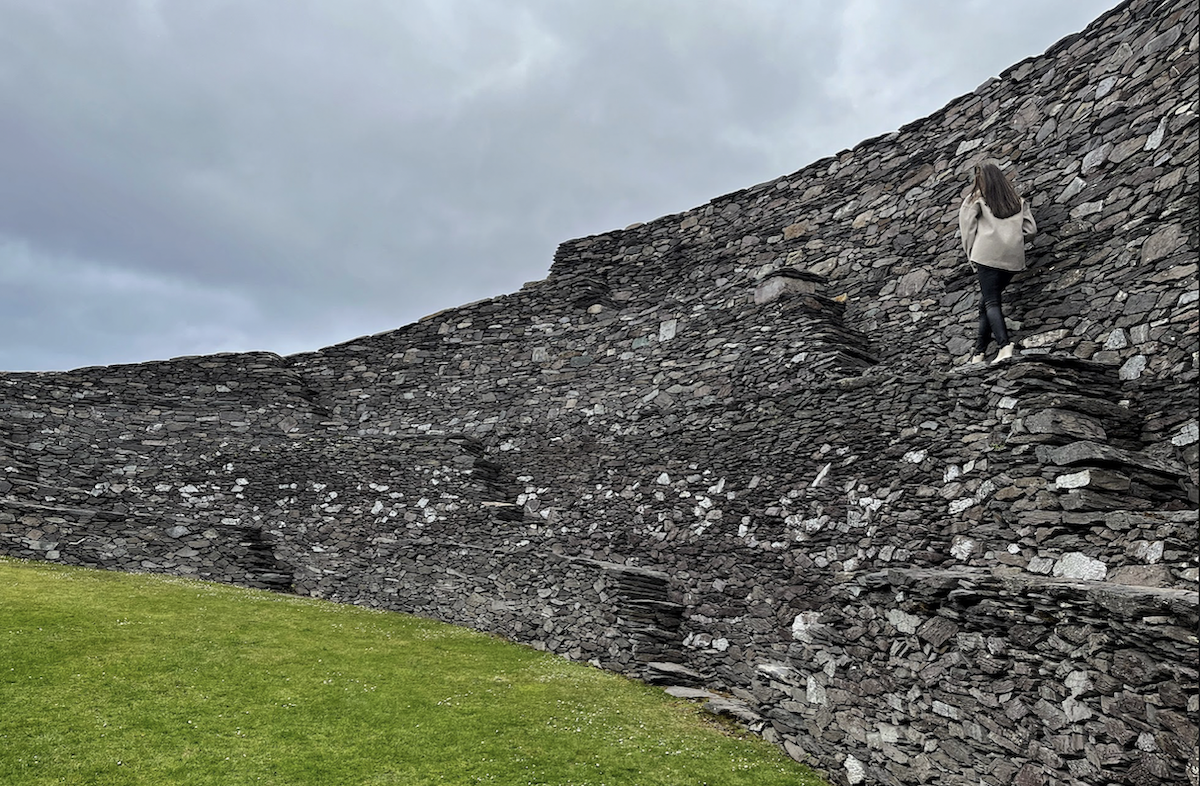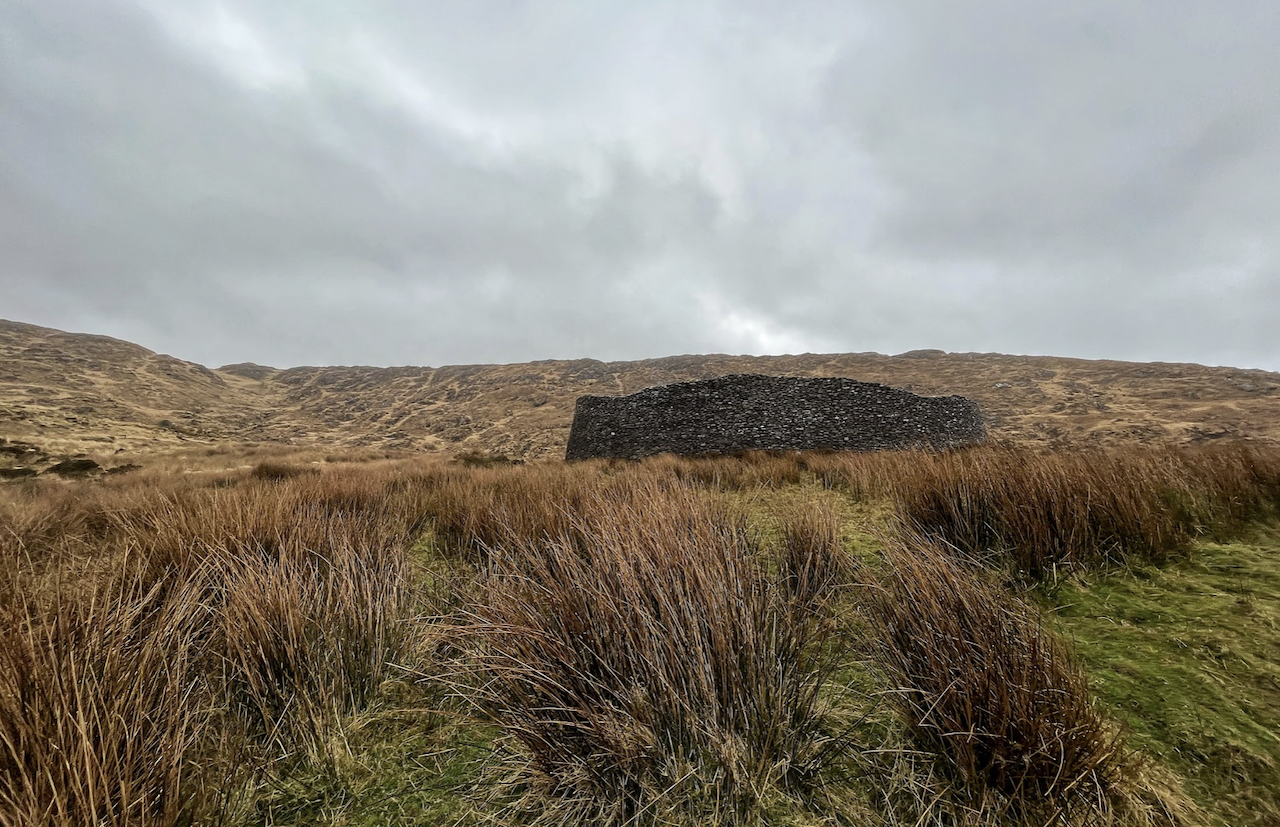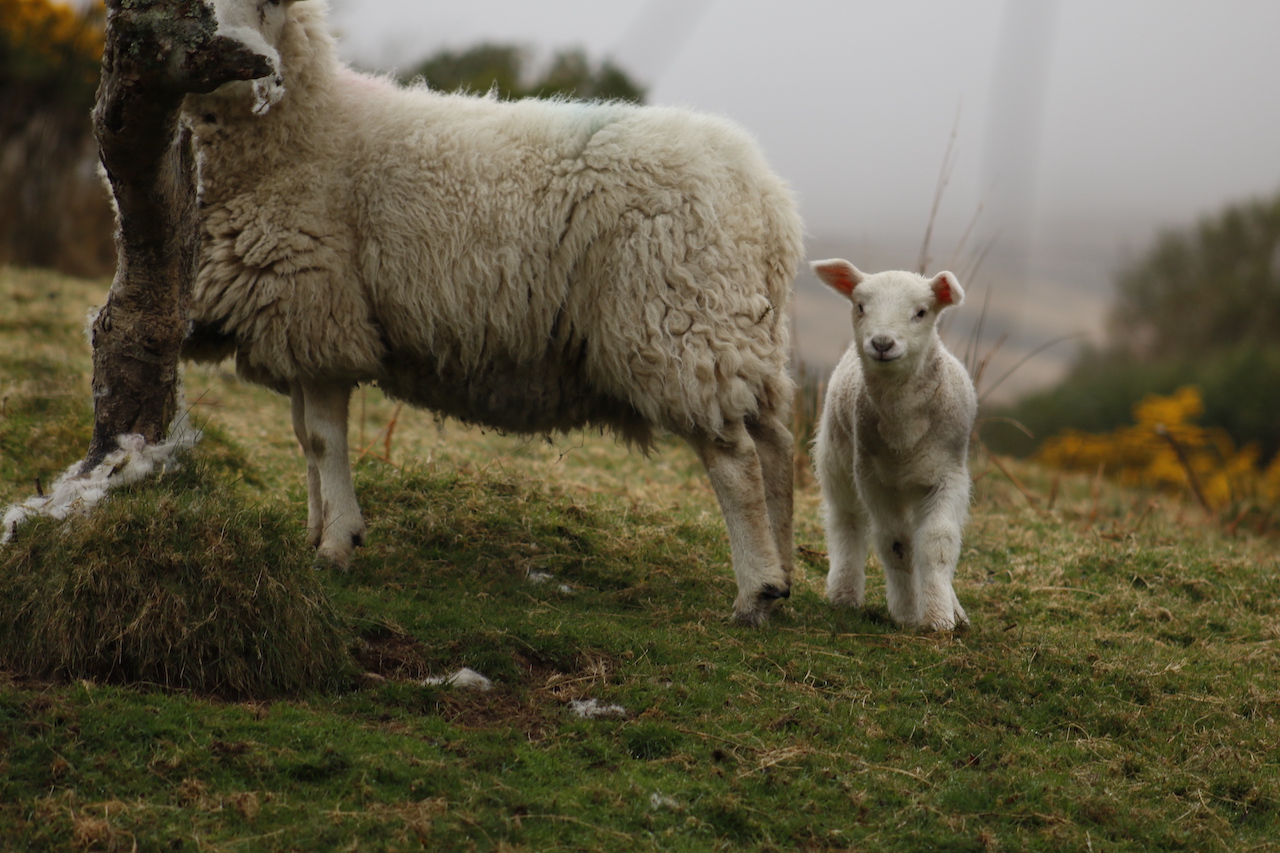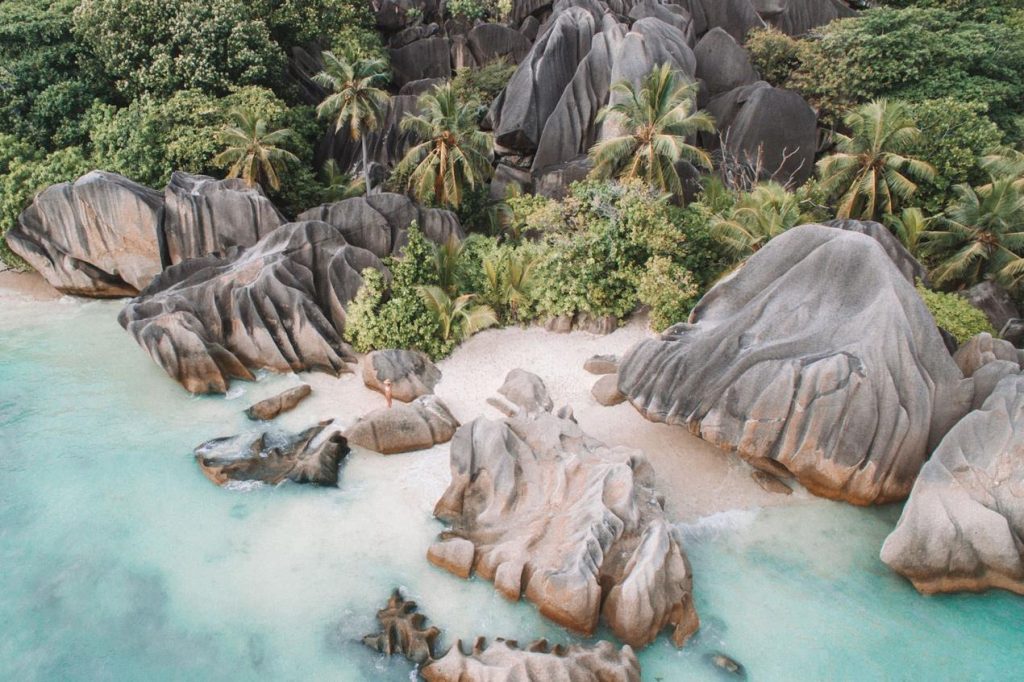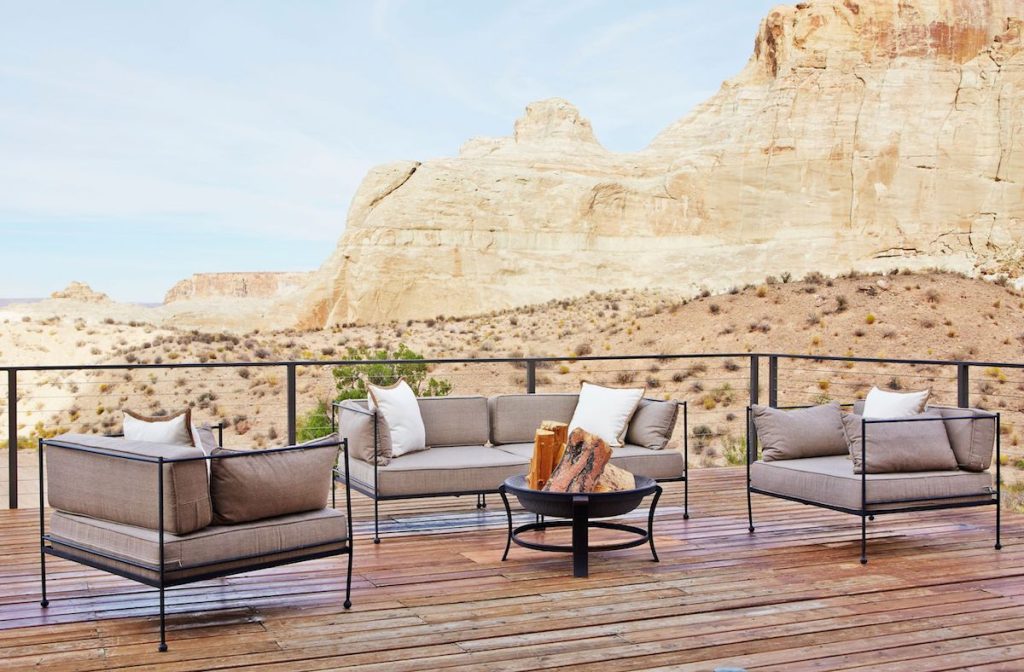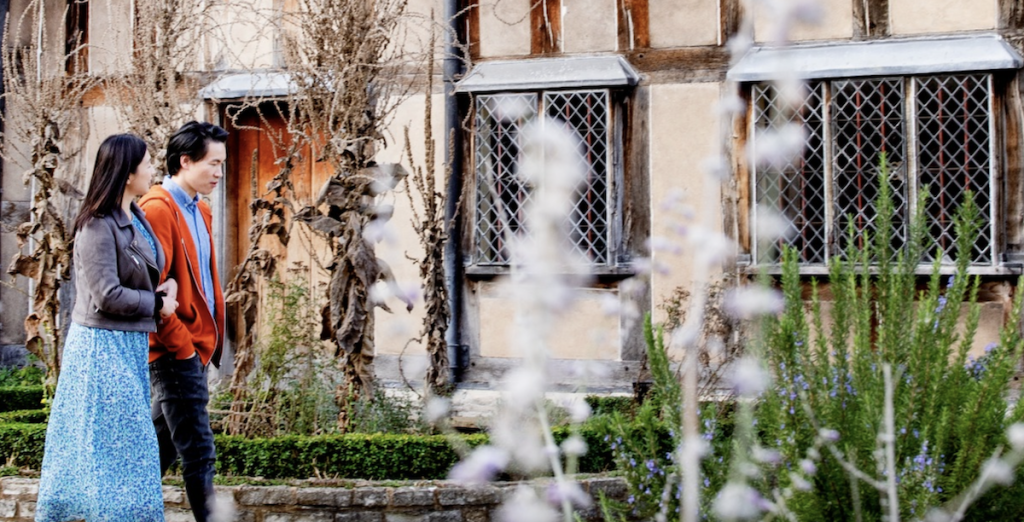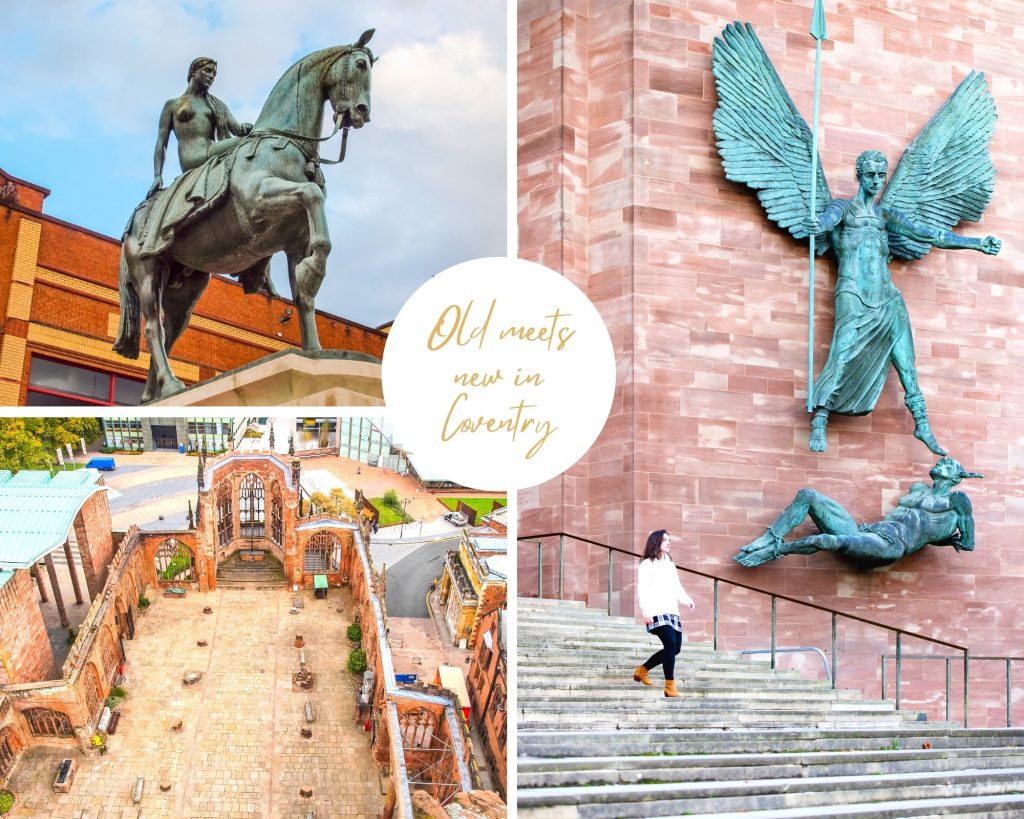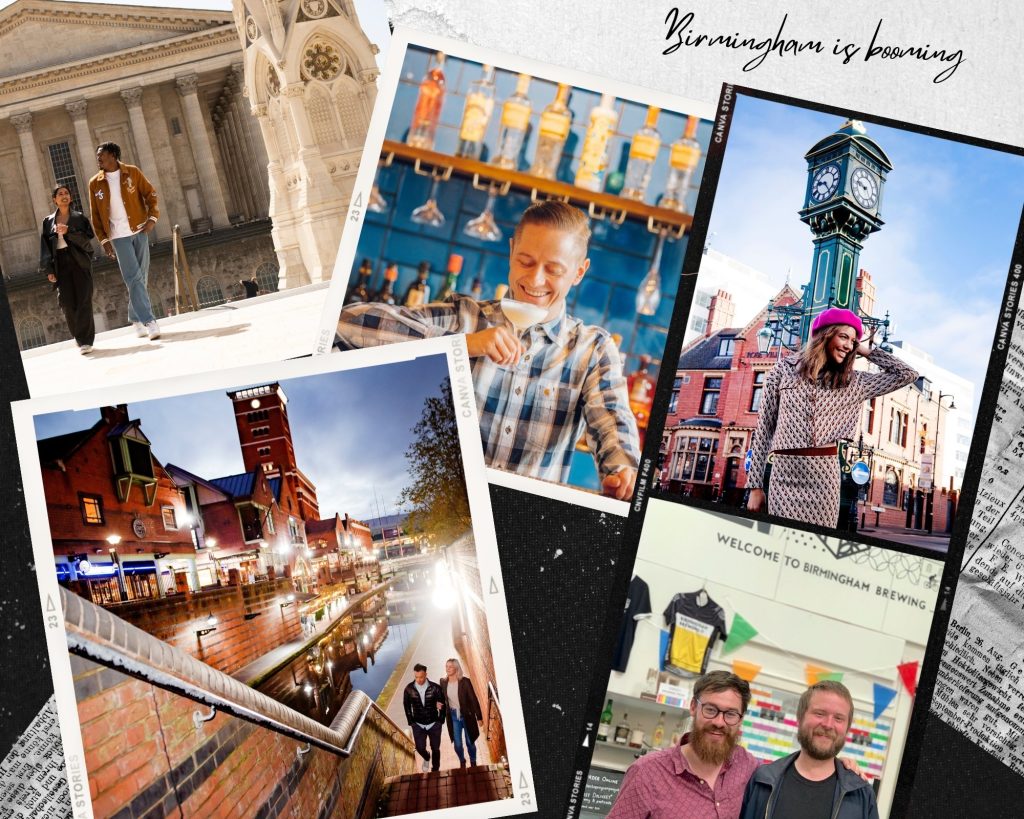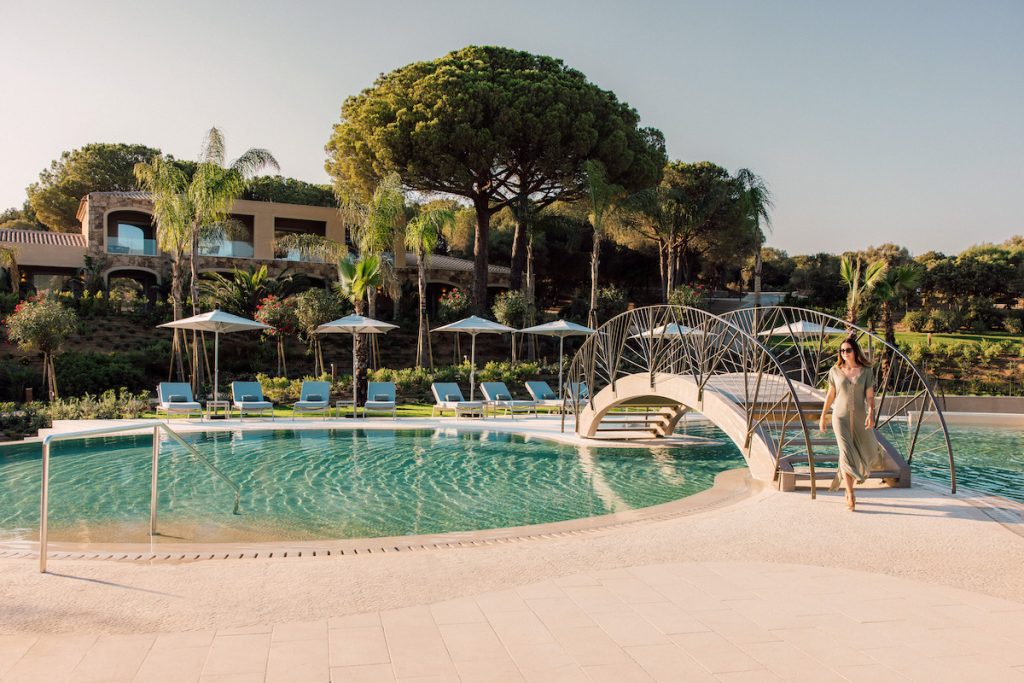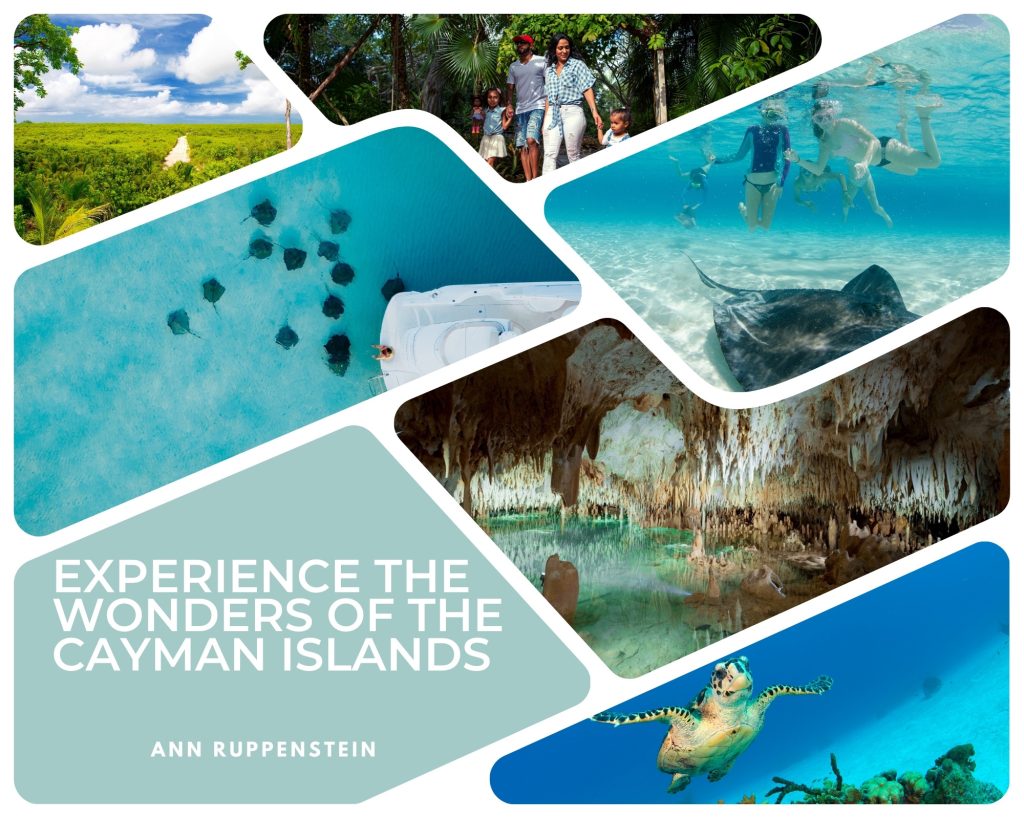
Experience the wonders of the Cayman Islands
After passing through otherworldly formations of stalactite and stalagmite crystal structures formed over millions of years, our tour guide at Cayman Crystal Caves on Grand Cayman leads the group to the aptly named Bat Cave where dozens of bats are hanging and flying around the dimly-lit ceiling.
“When you do look up, please keep your mouth closed!” he warned as the bats whizzed above our heads.
“Why?” I pondered for a brief second until I understood all too quickly as I felt something liquid drop onto my head. “Bat poo!”
Proceeding with the belief that being pooped on is a sign of good luck, I took a closer look at the walls and ceilings of the caves lined with icicle-shaped rock formations, which continue to grow slowly from single drops of water.
Exploring this underground world of the Cayman Islands is one example of the unique experiences that await travellers on a trip to the tri-island destination, which also includes Cayman Brac and Little Cayman.
The attraction, which offers three caves that visitors are able to explore, is debuting a new zip-line next month set above the surrounding lush tropical forested area.
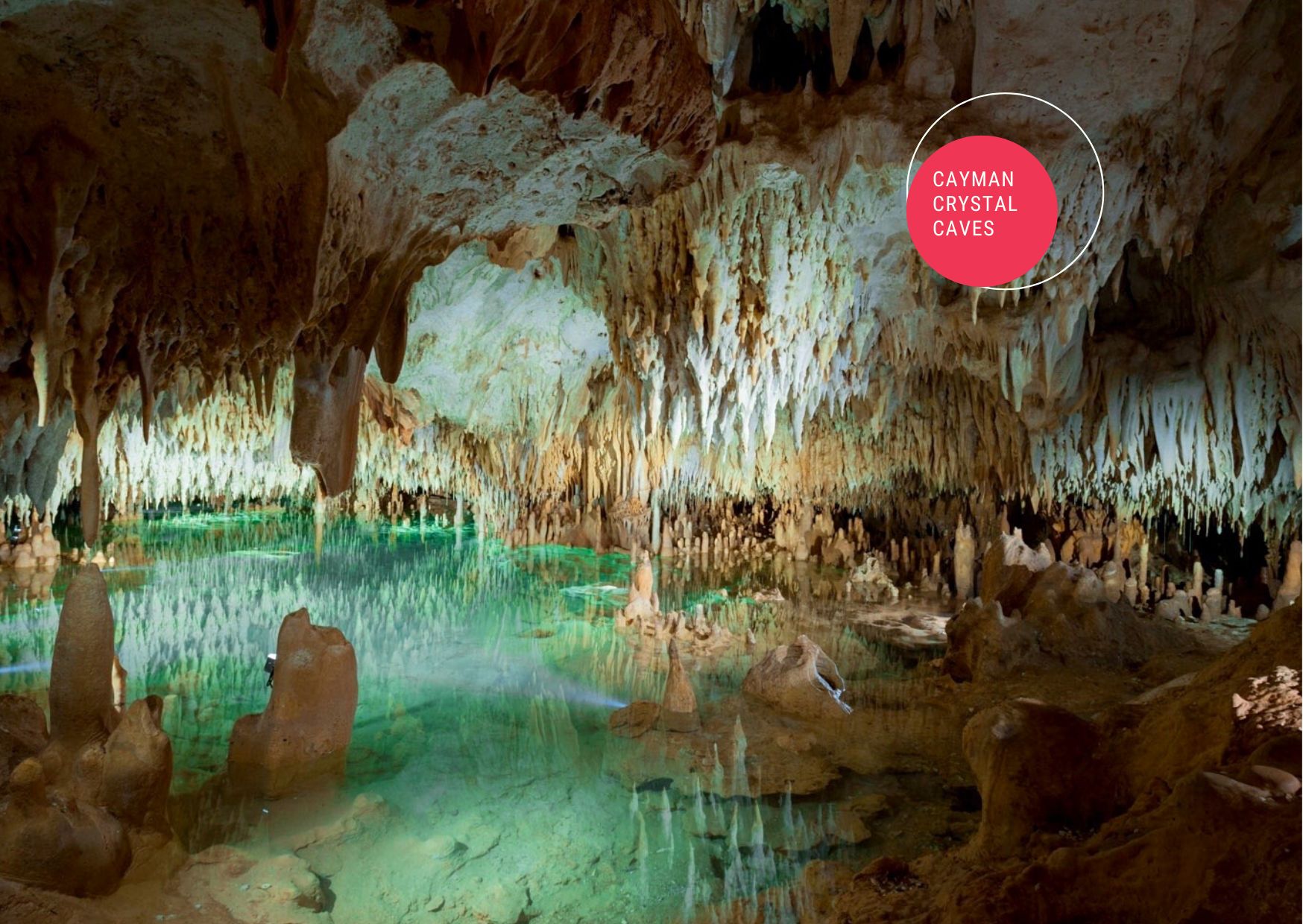
Another memorable place to visit on Grand Cayman is Pedro St. James, a national historic site which provides a glimpse into life in the 18th century.
Tour guides like Trisha Richardson-Jackson share engaging stories about how the site became known as the “Birthplace of Democracy in the Cayman Islands” by being the venue where the decision was made to form the first elected parliament back in 1831.
In the 1990s, the Government of the Cayman Islands purchased the property and restored the Great House, which survived hurricanes, fires and vandalism, to its former glory over an extensive restoration period.
Notably, the stairs of the Great Hall is also the location where Captain Anthony Pack read the Emancipation Act to end slavery in the Cayman Islands and other British Territories.
The site is also home to the new oceanside Thatch & Barrel restaurant, where visitors can learn all about the local rum scene by taking part in a rum sampling. One offering is 1780 Pedro St. James Dark Rum, named after the historic location.
Another local rum with a notorious story to tell is that of Seven Fathoms Rum. Created by Cayman Spirits Co., the rum is aged in American white oak bourbon casks in the ocean at a depth of its namesake seven fathoms, which equates to 42 feet, where it is rocked by underwater currents. The process stems back to the golden age of rum where rum stored on boats was believed to have aged better than the barrels that were stored on land.

For those looking to soak up some local beer instead, The Cayman Islands Brewery Ltd. is a fun location to grab a flight and learn about the beer making process.
On the wild side, the Queen Elizabeth ll Botanic Park is a non-profit outdoor garden and wildlife facility dedicated to preserving natural environments. In addition to enjoying the great outdoors, visitors have a good chance of encountering the endangered Grand Cayman Blue Iguana. The park is also home to the Blue Iguana Conservation facility.
Of course, one of the most notable and Instagram-worth excursions in Grand Cayman is Stingray City, where travellers get the chance to swim and get up close and personal with stingrays.
Whether travellers are staying in the destination or visiting by cruise, there are many unique ways to spend time on Grand Cayman.
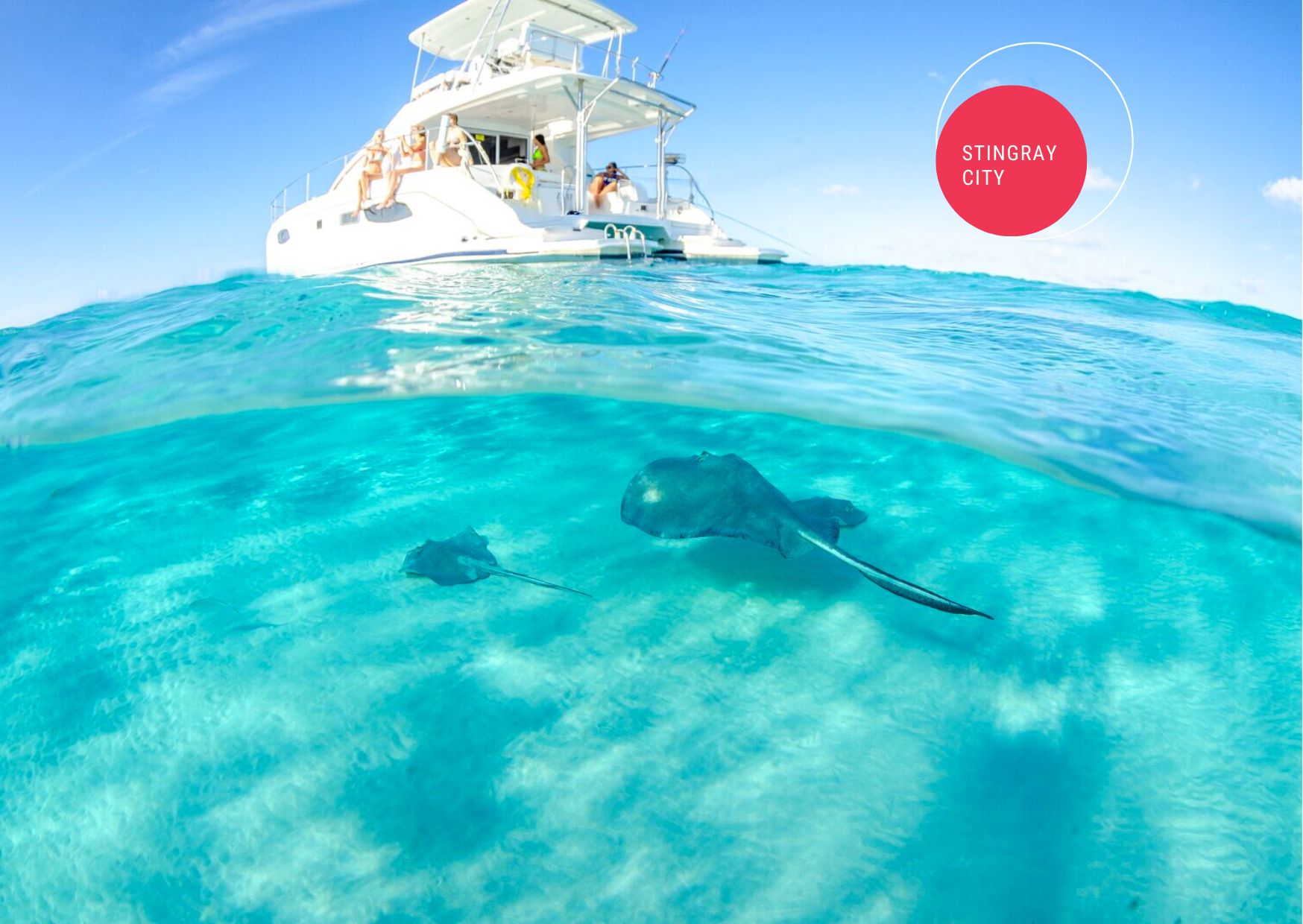
BY: ANN RUPPENSTEIN

